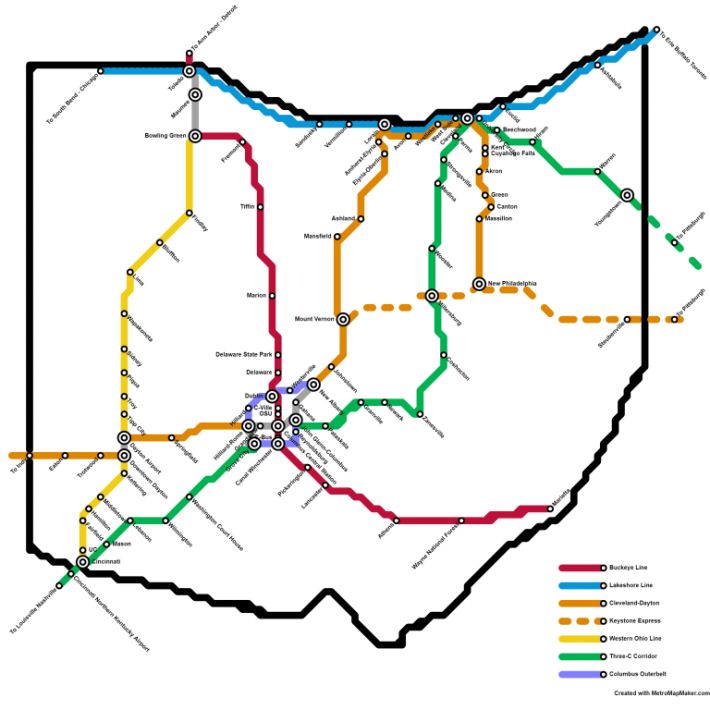
Which state has the highest share of people who walk to work? It's not temperate California.
Actually, Alaska, the coldest state in the U.S., has the highest rate of active commuting. About 8 percent of workers there commute by foot and another 1 percent by bike.
That illustrates something that researchers have noticed for a long time -- climate isn't a strong indicator of where people walk and bike a lot, or where they do not.
In its big biannual benchmarking report, the Alliance for Biking and Walking cross-referenced climate data from the National Oceanic and Atmospheric Administration with walk and bike commutes rates in U.S. cities. They found only a "weak relationship" between climate and active commuting.
The top chart shows major American cities on a spectrum from the most cold-weather days to the fewest. Note that biking and walking rates are scattered all over the place, even as the cities grow colder from left to right.
When you look at cities that have lots of hot days, though, a relationship does appear. As this chart shows, some of the cities with the lowest bike and walk commuting rates also have some of the hottest days -- Forth Worth, Jacksonville, Las Vegas.
While there is a link between hot weather and lower rates of biking and walking activity, it doesn't seem to be especially strong.
The connection between car ownership and biking and walking is much more pronounced:
This relationship is fairly obvious, and causality probably runs both ways.
"Those who walk or bicycle a lot are less likely to need or want a car, and those who do not own a car are more likely to need to walk or bicycle for some trips," the Alliance writes.








